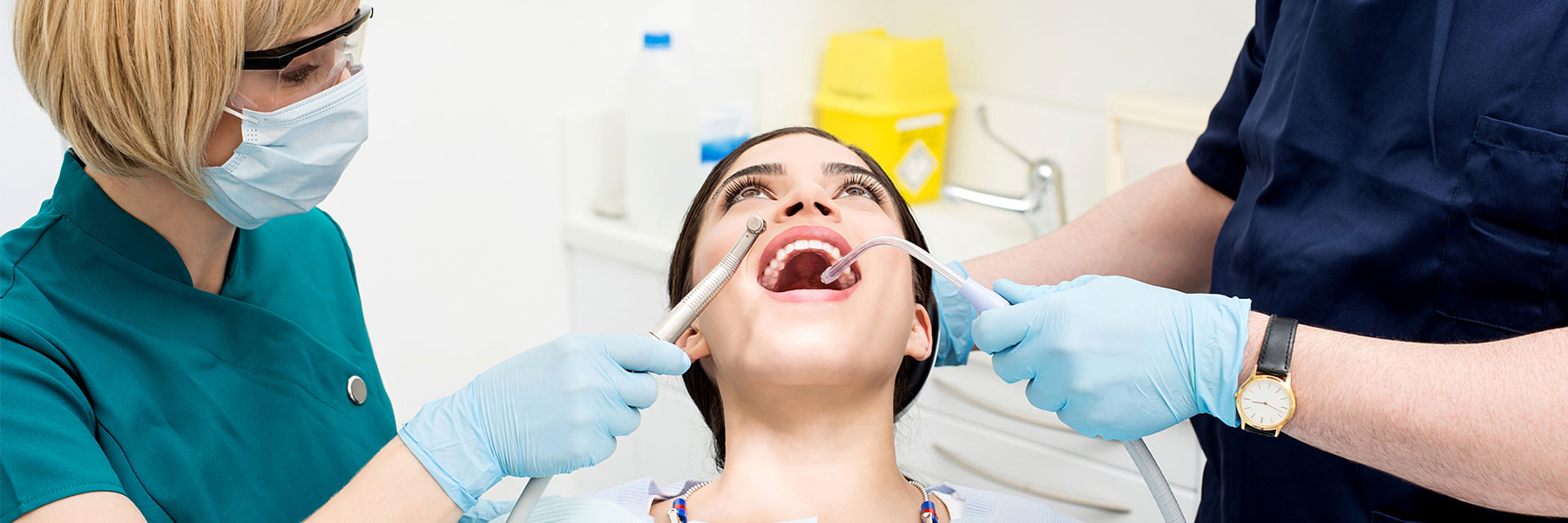TMJ Exam
A TMJ, or temporomandibular joint exam is done when a patient is experiencing discomfort in the joint around the jaw area. Some common symptoms of TMJ-related issues can include a popping, clicking or shifting of the jaw as it opens and closes. Tightness, muscle pain, and frequent headaches are often associated with TMJ.
Symptoms associated with TMJ sometimes go away by themselves over time. Often however, TMJ-related symptoms require treatment in order to reduce the pain, tightness, and limited range of motion in the jaw area.
What to Expect With a TMJ Exam
The TMJ exam begins with the dentist gently palpating or feeling the different muscle and soft tissue structures in and around the main jaw joint near your temples. This allows him to determine if there’s any muscles that are unusually tight or if certain areas around the joint are painful to the touch. He’ll also be listening for popping or grating sounds as you open and close your jaw. These sounds help him diagnose a possible disc displacement inside of or a gradual wearing away of the joint itself. How wide you are able to open your mouth and how straight a path your jaw follows as it opens are other things he will be looking for.
Treatment Option Consultation
If the result of your exam is a TMJ diagnosis, there are several treatment options he may suggest. These may include either over-the-counter or prescription pain medication and muscle relaxers to help with pain and feelings of muscle tightness. In more severe cases, bite guards (splints) and physical therapy may serve to lessen the effects of TMJ.
Schedule a TMJ exam to address your jaw discomfort and start the healing process
Schedule an Appointment





